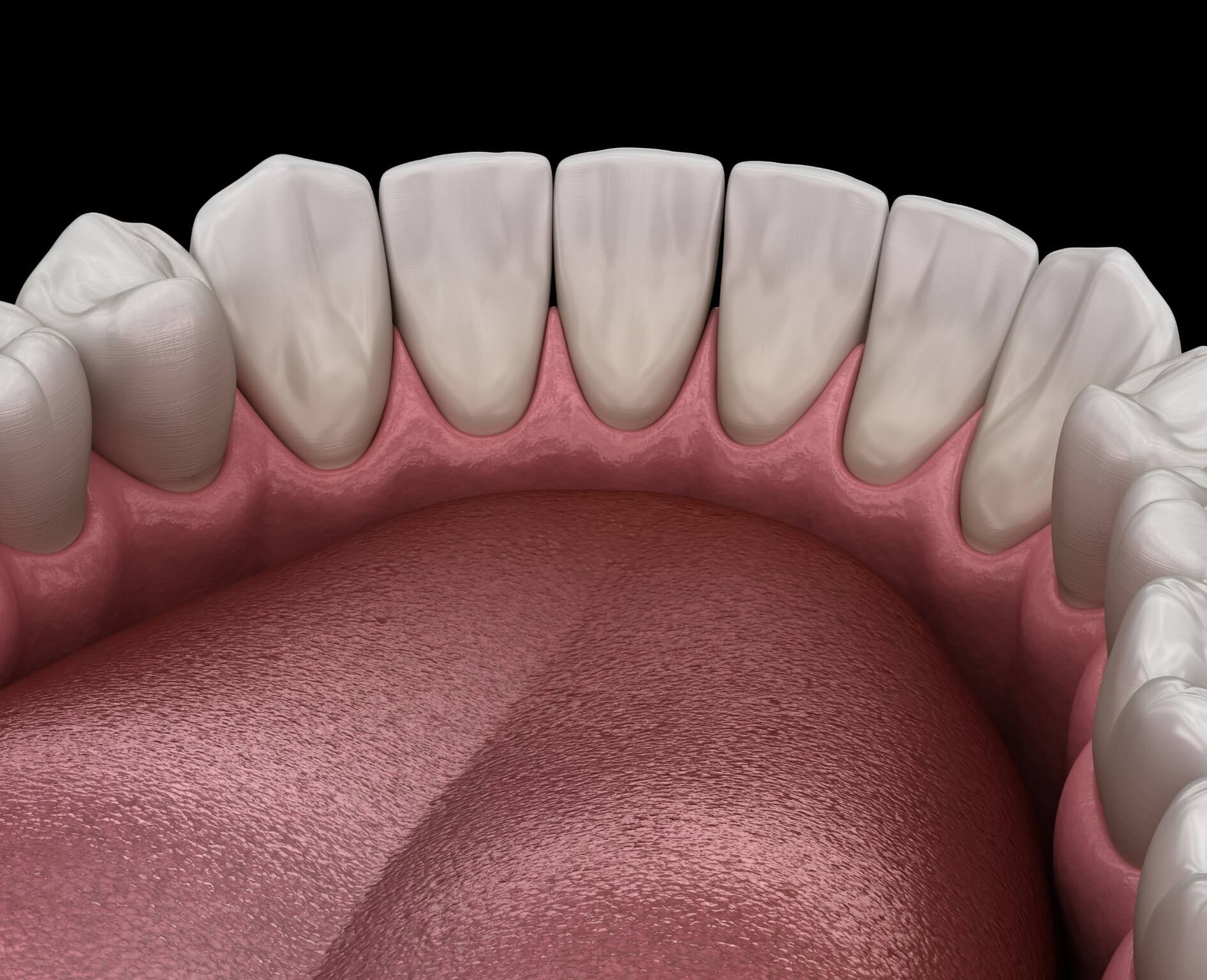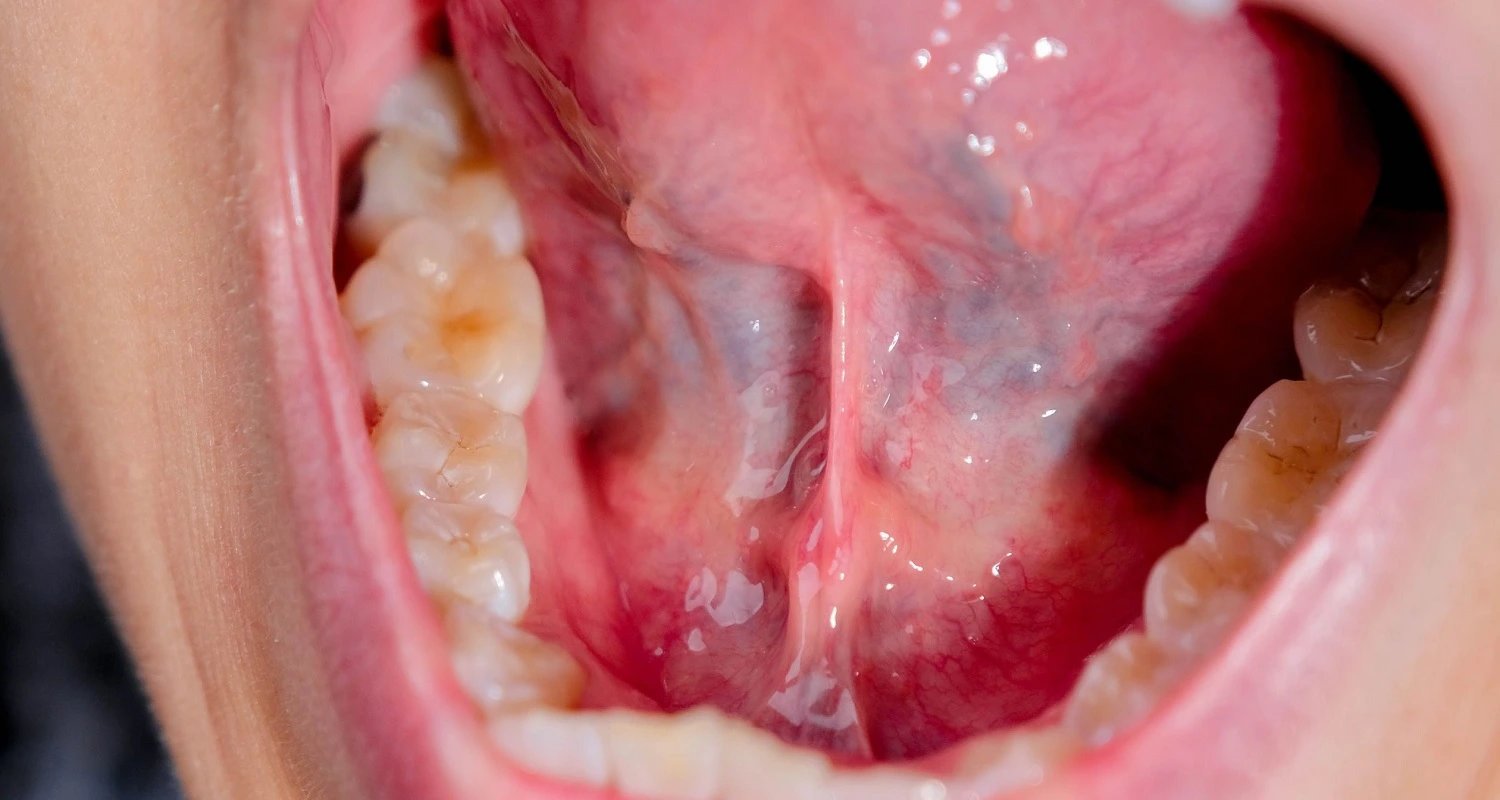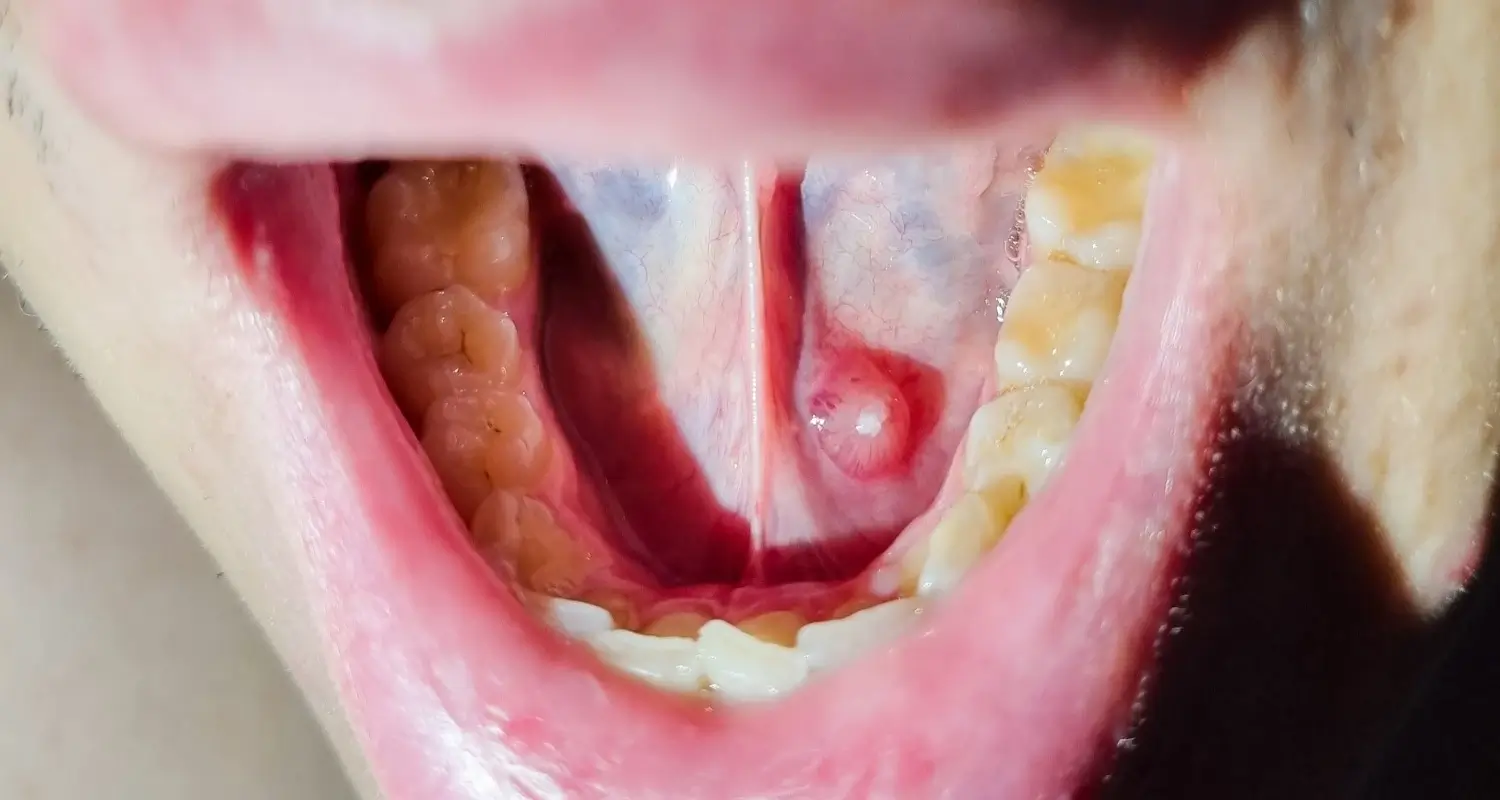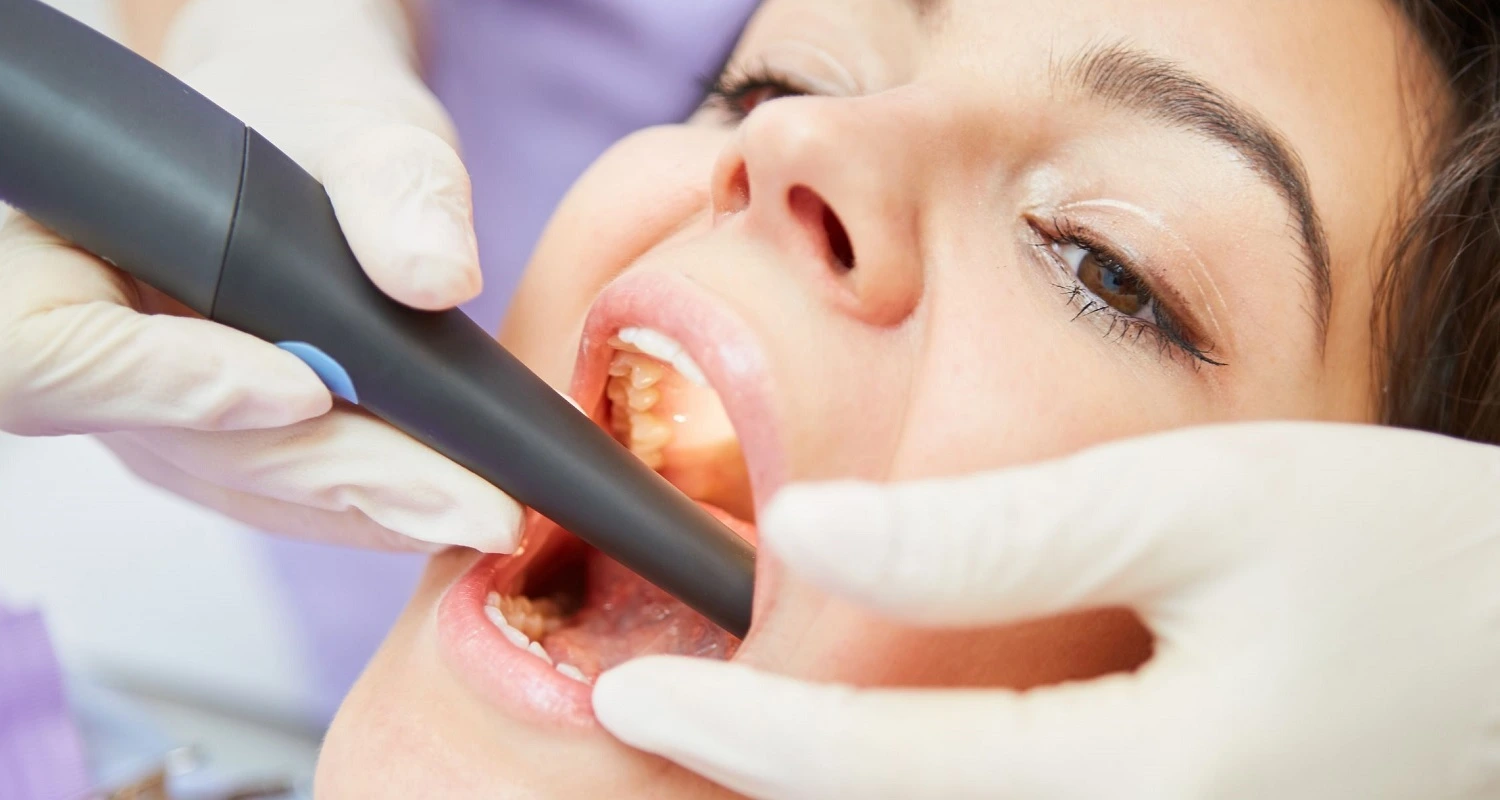Last Updated on: 12th June 2024, 12:23 pm
✓ Fact Checked 🕓
❙ Our team of writers, editors, and medical experts rigorously evaluates each article to ensure the information is accurate and exclusively cites reputable sources.
❙ We regularly assess how the content in this article aligns with current scientific literature and expert recommendations in order to provide the most up-to-date research.
What is Torus Mandibularis?: Complete Guide
Have you heard of the mandibular torus? This article will guide you through a complete analysis of bone growth, addressing the most common questions while providing clear and concise answers. If you have wondered about the causes, symptoms, diagnosis, and treatment of this condition, you are in the right place.
Understanding a Torus Mandibularis
Mandibular tori are abnormal bone growths that can occur on the inner surface of the jaw. They are also called mandibular exostoses or hyperostoses. The lingual torus type usually occurs in the area of the premolars or eye tooth (canines); and in 80% of cases, it occurs on both sides of the jaw.
Causes of a Torus Mandibularis
A study published by experts in 2020 and 2021 identified the possible causes of the mandibular torus, which include:
1. Premature tooth loss
2. Excessive tooth wear
3. Trauma to the teeth or jaws
4. Bruxism (teeth grinding or clenching)
5. Temporomandibular joint (TMJ) problems
6. Diets rich in calcium
7. Vitamin D deficiency
8. Consumption of some fish
9. Genetic factors (common in African American males)
There is no clear cause for mandibular torus; its origin is due to one or multiple factors, highlighting genetics, diet, and behavior.
Common Symptoms of a Torus Mandibularis
Mandibular tori appear in the mouth as hard, firm masses located on the inner surface of the jaw at the level of the premolar teeth, generally of a benign or “non-cancerous” nature, covered by gum. Many times, patients do not even notice their presence. However, depending upon their size, they can generate:
● Difficulty pronouncing words
● Difficulty swallowing or chewing
● Mucosal irritation
● Discomfort or discomfort upon contact
A mandibular torus rarely causes pain; however, it is important to visit your primary dentist if the torus is affecting your lifestyle.
Diagnosis of a Mandibular Torus
It is extremely important to consult with a dentist since sometimes a mandibular torus can be confused with other oral diseases such as:
● Mandible osteoma
● Squamous cell carcinoma
● Oral fibroma l
For a correct diagnosis, in addition to a thorough examination of the jaw bones, your doctor may request complementary tests such as:
● Panoramic X-ray
● Computed axial tomography
● Magnetic resonance
● Lesion biopsy
An effective diagnosis is the first step to more effective treatment.
Palatine Torus vs Torus Mandibularis
The torus palatinus (palatine torus) is a bone mass that appears on the hard palate, right on the line that divides the palate in half. It affects between 0.4% and 66.5% of people. It is usually more common in Caucasian (white) women.
With the mandibular torus, masses are located in the inner part of the jaw, it affects between 0.5% and 63.4% of people, and it is more common in men of African-American origin.
Both types usually appear between 35 and 65 years of age. Even so, mandibular tori are more common than the palatine type.
Complications of a Torus Mandibularis
As mentioned, in most cases, mandibular tori do not cause problems, so they do not require treatment. However, some complications may require its elimination or reduction:
1. Difficulty using prostheses: The presence of a mandibular torus makes it difficult to make and adapt prostheses that require the support of the jaw bone, and it can cause pain.
2. Speech distortion: The mandibular torus can prevent the correct articulation of words that require free movements of the tongue.
3. Difficulty chewing: A large mandibular torus can limit tongue movement, making feeding difficult.
4. Mucosal irritation: The gum that covers the torus is more sensitive and more easily irritated.
5. Bad breath: It is also known as halitosis. An irregular shape can encourage the accumulation of bacteria and, in turn, make correct oral hygiene measures difficult.
6. Discomfort: The mandibular torus can grow uncontrollably, causing discomfort when speaking or opening the mouth.
What is Torus Mandibularis Treatment?
Generally, a mandibular torus, which is not painful, can be treated through periodic check-ups by the dentist. However, when complications occur, treatment should be considered. The most common reason is that they make it difficult to adapt to dental prostheses.
Surgical treatment of mandibular toru
The most effective way to eliminate a mandibular torus is through surgical removal, which seeks to eliminate or reduce the excessive amount of bone. The procedure can be performed under local anesthesia.
Conclusion
Mandibular tori are abnormal bone growths that develop on the inner surface of the jaw. Although they are generally benign and non-cancerous, they can occasionally cause discomfort and complications in daily life The proper diagnosis and treatment of mandibular tori require evaluation by a dentist and, in some cases, complementary examinations.
Treatment of mandibular tori generally involves regular observation by the dentist; but in cases of complications such as difficulties in fitting dentures, surgical removal under local anesthesia may be considered.
Frequently Asked Questions
Are mandibular torus a type of cancer?
Mandibular torus are not carcinogenic; in fact, they correspond to a benign, non-tumorous, slow-growing bone growth.
Are mandibular torus dangerous?
Mandibular torus are not considered a dangerous pathology, but they should be kept under medical observation.
Who can develop a mandibular torus?
Mandibular tori affects an average of 27% of the population, being more common in African-American men between 35 and 65 years of age.
Can mandibular torus be prevented?
Because mandibular torus can be caused by various factors, and many of them are not controllable, preventing them can be a difficult task. However, the following tips can help reduce the likelihood of these appearing:
● Maintain proper oral hygiene and visit the dentist regularly to avoid premature tooth loss.
● Seek professional help if you have temporomandibular joint problems, bruxism or tooth wear.
● Maintain a balanced diet.
What is the difference between mandibular torus and exostoses?
Exostoses are benign bony protuberances that can affect the jaw bones. Torus are a type of exostoses that can occur on the inner part of the jaw or the area of the palate. Other types are usually smaller and can appear on the outside of the upper jaw.
Is it necessary to remove mandibular tori if they do not cause discomfort?
Surgical treatment of the mandibular torus is indicated only if there is pain or difficulty chewing, speaking, or using dental prostheses. If none of these conditions occur, medical supervision is indicated.
Share:
References
1. Mandibular Tori: Bony growths under your tongue. (s/f). Cleveland Clinic. Retrieved November 4, 2023, from https://my.clevelandclinic.org/health/diseases/24830-mandibular-tori
2. Christiano, D. (Dec 6, 2017). Torus palatinus: Symptoms, diagnosis, causes, and more. Healthline. https://www.healthline.com/health/torus-palatinus
3. Mouth anatomy. (Jun 13, 2023). Medscape.com. https://emedicine.medscape.com/article/1899122-images
4. Collier, V. C., & Jackson, C. D. (2020). Nodular growths on the lingual surface of the mandibular jaw. Mayo Clinic Proceedings. Mayo Clinic, 95(7), 1549. https://doi.org/10.1016/j.mayocp.2020.02.010
5. http://dx.doi.org/10.1037/0033-295X.102.2.213 Franco Moraes Junior, E., Andreotti Damante, C., & Ricardo Araújo, S. (2010). Palatal exostosis: graft option for alveolar ridge reconstruction. International Journal of Restorative Dentistry and Periodontics, 14(3), 282–289. https://www.elsevier.es/es-revista-revista-internacional-odontologia-restauradora-periodoncia-314-articulo-exostosis-palatina-opcion-injerto-reconstruccion-X1137663510702572
6. Lease, L. R. (2021). Correlations between dental wear and oral cavity characteristics: Mandibular torus, palatine torus, and oral exostoses. American Journal of Human Biology: The Official Journal of the Human Biology Council, 33(2). https://onlinelibrary.wiley.com/doi/10.1002/ajhb.23446
7. Rodriguez-Vazquez , J. F. , Sakiyama , K. , Verdugo-Lopez , S. , Amano , O. , Murakami , G. , & Abe , S. (2013). Origin of the mandibular torus: An embryological hypothesis.Clinical Anatomy (New York, N.Y.), 26(8), 944–952. https://onlinelibrary.wiley.com/doi/10.1002/ca.22275
8. Lee, H.-M., Kang, D.-W., Yun, P.-Y., Kim, I.-H., & Kim, Y.-K. (2021). Associations between mandibular torus and types of temporomandibular disorders, and the clinical usefulness of temporary splint for checking bruxism. BMC Oral Health, 21(1). https://doi.org/10.1186/s12903-021-01550-y

















